Do you have a photo you’d like considered for a future gallery? Email editor@gardenrailways.com for more information. […]
Diesel locomotives in the garden
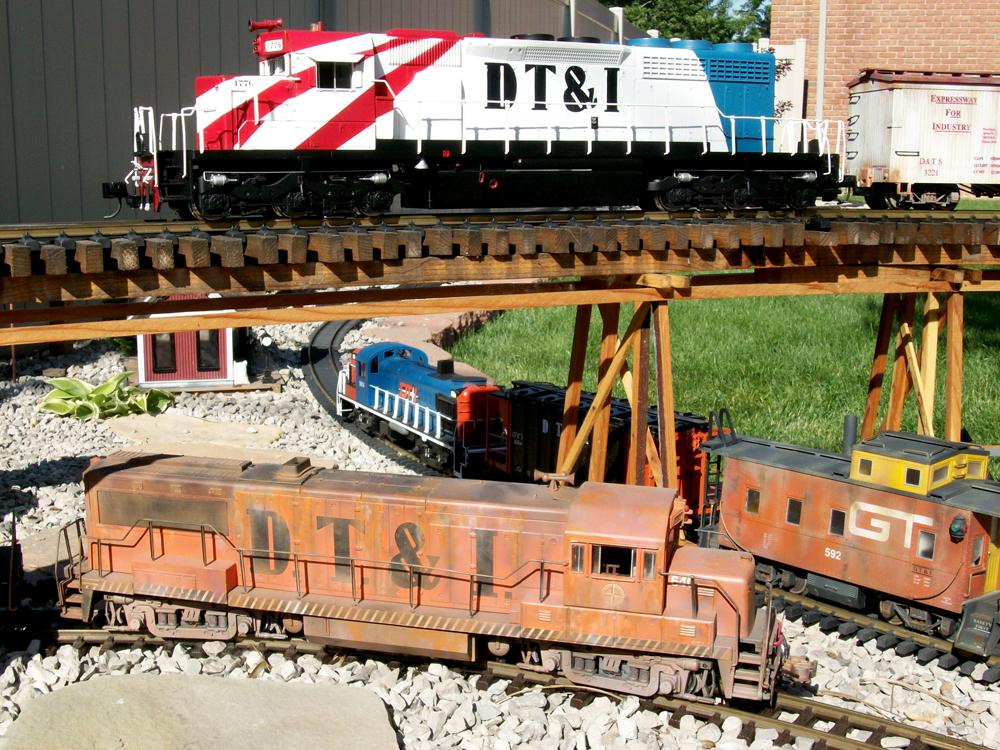
Action may be required on your Trains.com account in order to continue accessing content. Click here to learn more.

Do you have a photo you’d like considered for a future gallery? Email editor@gardenrailways.com for more information. […]
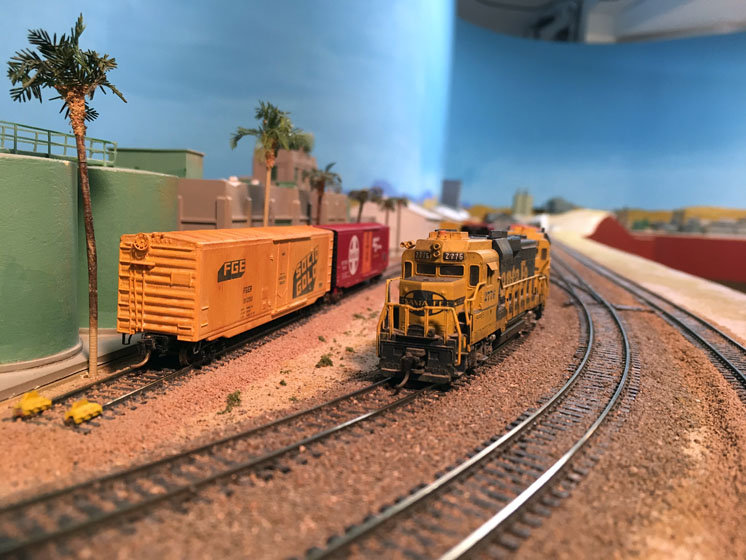
Roadbed for main lines and spurs: Lots of modelers in all scales take measures to differentiate mainline track from spurs and sidings. Spurs are dead-end tracks leading to industries, loading ramps, and sometimes stations. Sidings are tracks usually parallel to mainline tracks and are double-ended so a train can take the siding, stop, and wait […]
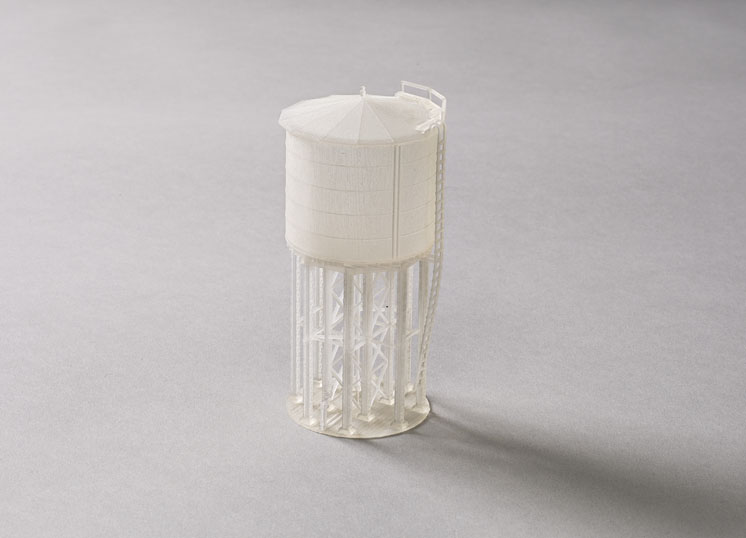
3D printed structures in N scale: In the heart of Tehachapi, Calif., near the Union Pacific’s double-track main line, stands a steam-era Southern Pacific 65,000-gallon water tank. It was brought to the town from another location on the railroad after a major earthquake destroyed its predecessor on April 21, 1952. Without it, Tehachapi had a […]
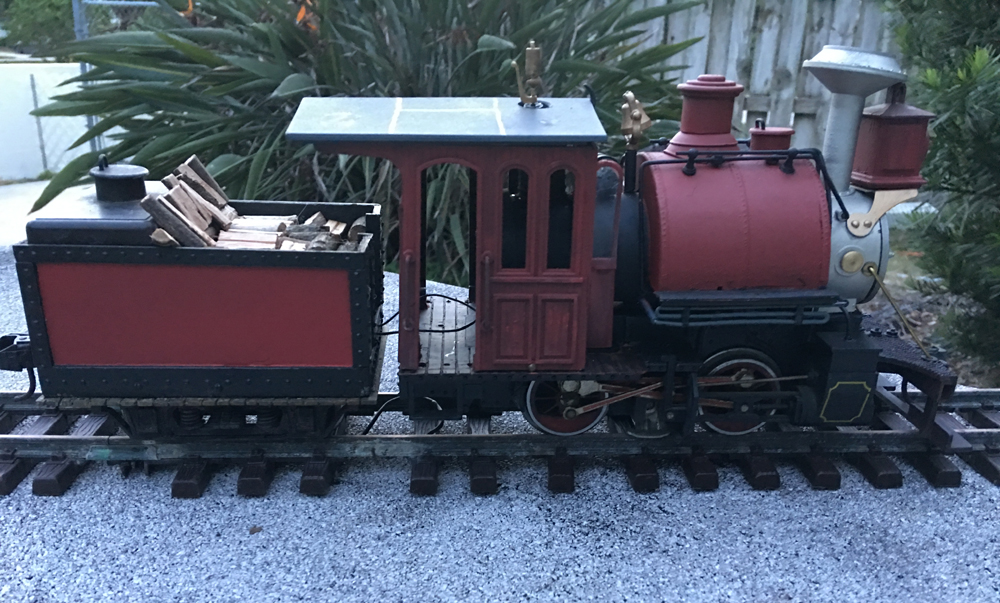
Kitbash a saddle tank engine: I uncovered an old Lionel large scale 0-6-0 with outside drive gears that I had kitbashed several years ago. It had a neat cab and unusual stack, which was a little bent due to a smoke unit overheating. The drive system was so poor that I had to undo one of the driver […]

See what you’re really modeling: Does this ever happen to you? You’re driving down a street you’ve gone down a hundred times before and you notice a particular house for the first time. “Where the heck did that come from?” you’re wondering. My point is we can look right at things and not really see […]
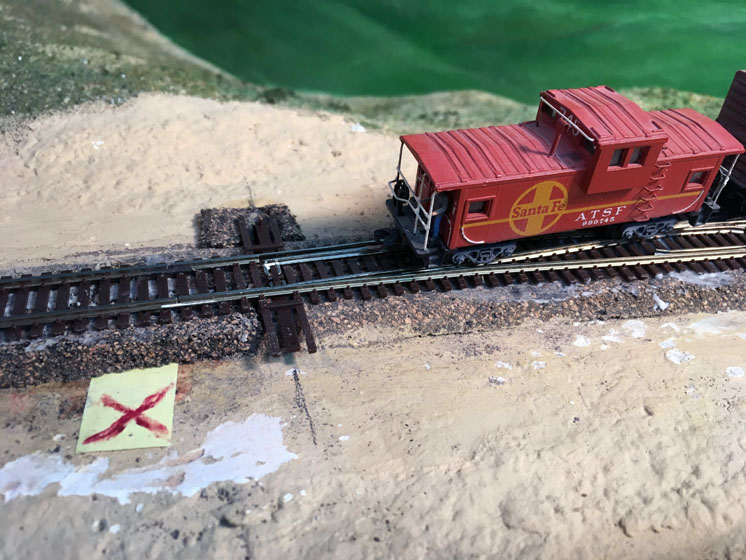
Derailments of the curious kind: Several months ago, my operations chief Gordy Spiering and I were orbiting a couple trains on my N scale layout for a group of visitors and the same boxcar kept derailing at the west end switch in the town of Tehachapi. In a situation like that the show must go […]
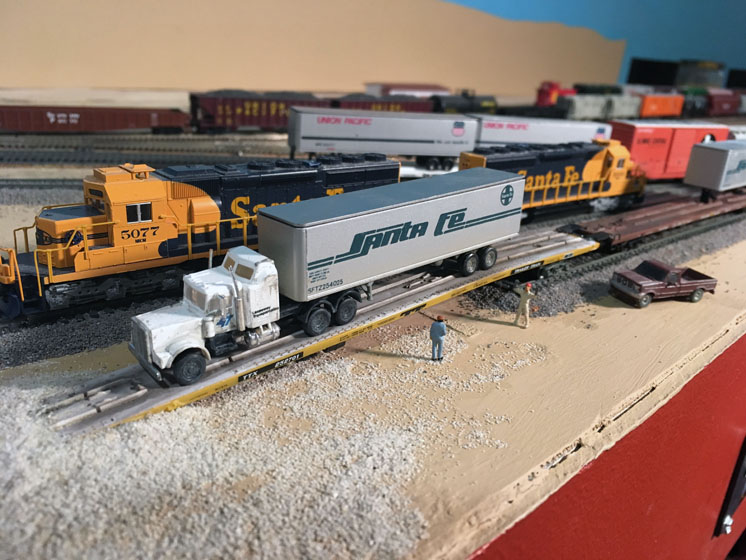
An N scale loading ramp for Bakersfield: In 1979, Jim FitzGerald, remembered fondly by many of us N scalers as Mr. Ntrak, introduced me to the Tehachapi Loop and its environs, and my model railroading fate was sealed forever. I wrote a remembrance of Jim in the May 2014 Model Railroader for my N Scale […]
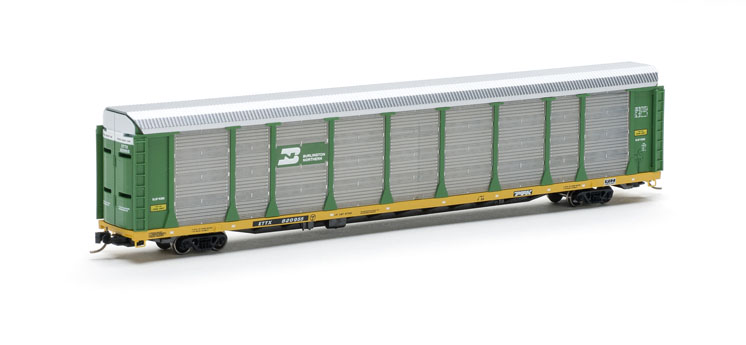
Tips for Body-mounted couplers on auto racks: When N scale got its start in Europe in the 1960s, its originators conceived it in the tradition of toy trains, with truck-mounted couplers that could negotiate sharp-radius curves. Some N-scalers began switching to body-mounts after Kadee introduced its N scale knuckle coupler in the early 1960s. (Kadee […]
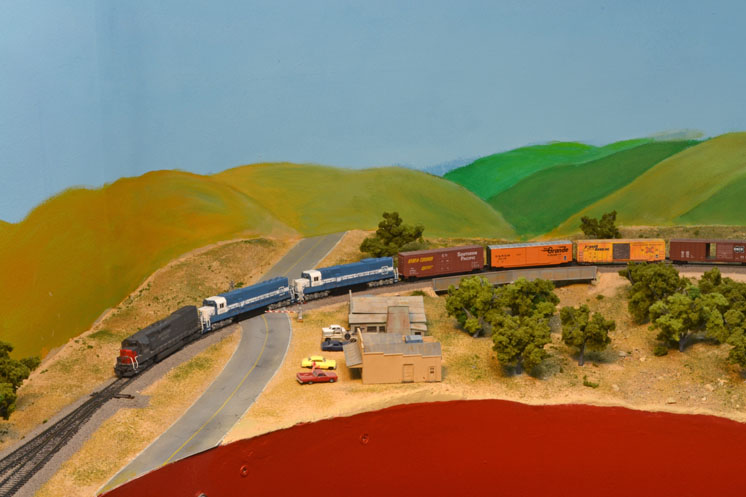
Why horseshoe curves work better in N scale: Caliente, Calif., is a little town on the Union Pacific between Bakersfield and Tehachapi. Fans of the railroad’s Tehachapi Pass know Caliente for its horseshoe curve; the rest of the world likely has never heard of it. If you’re modeling Tehachapi Pass, as I am, Caliente will […]
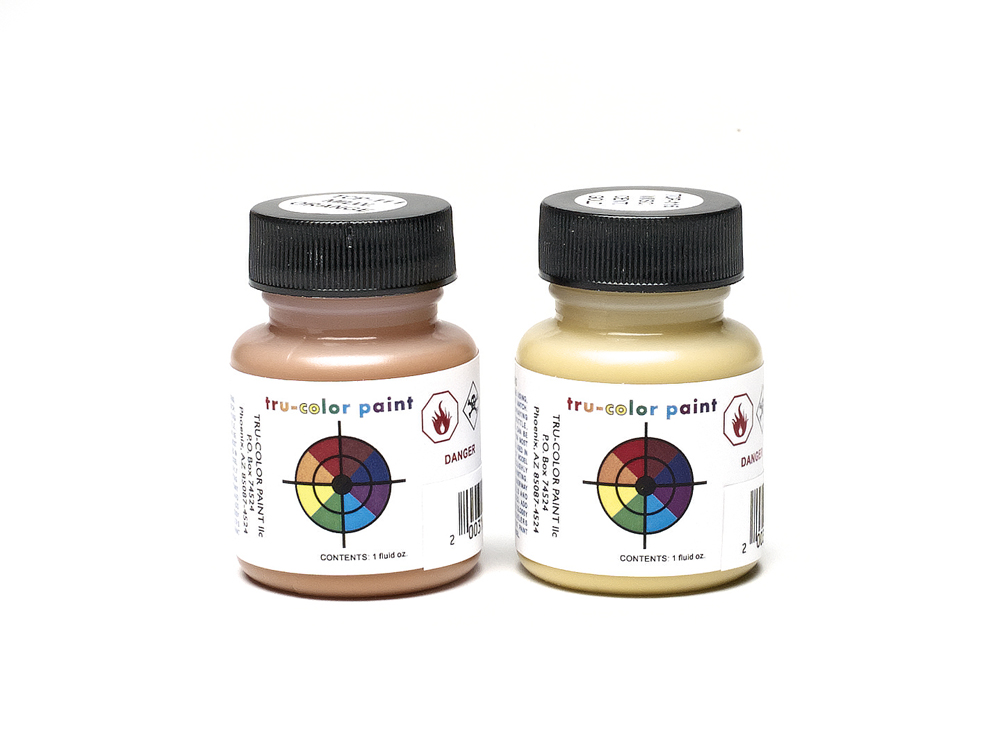
Where do I find paint for toy train projects? Q: I am looking to restore some of my trains. How do I get started? Where do I find the paint for the job? – Ray Fiorini, Endicott, N.Y. A. Ray, if you have a handy pile of CTT back issues or access to the online […]
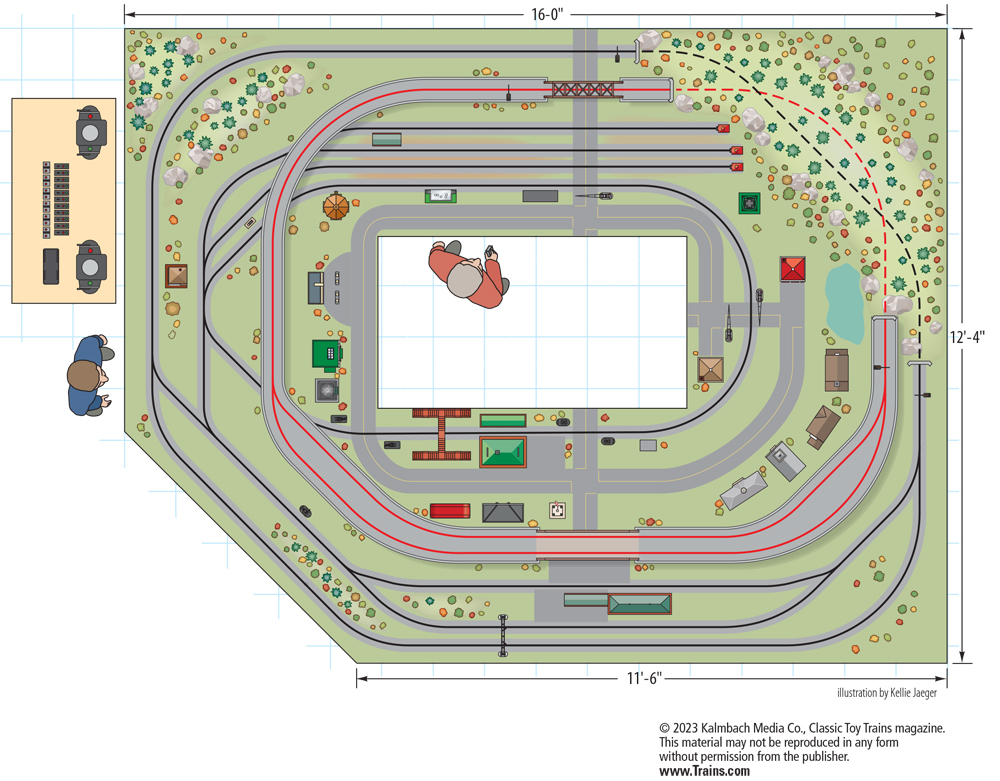
Name: Walt Urban Jr.’s HK&WU RR Gauge: ODimensions: 12½ x 16 feet Track and switches: Lionel (diameters range from 31 to 72 inches)Motive power: Lionel (postwar, modern)Rolling stock: Lionel (postwar, modern)Controls: Lionel type-ZW transformers (2)Accessories: Lionel (postwar, modern)Structures: MTH, PlasticvilleVehicles: Lionel Download the track plan for this layout! Buy the Classic Toy Trains […]
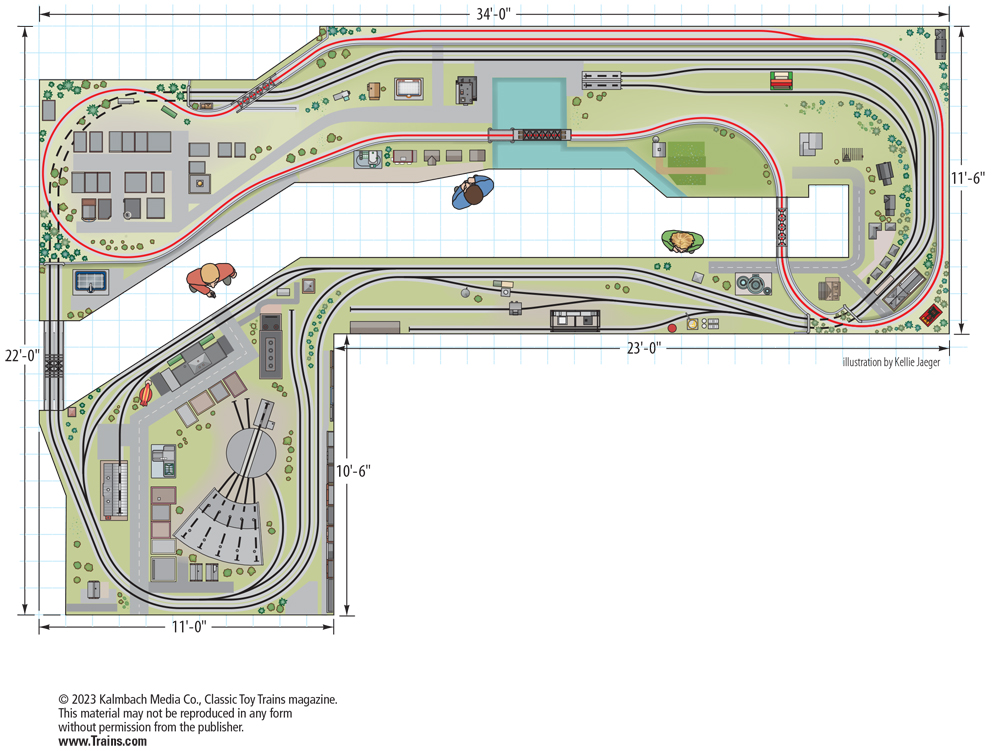
Name: Russ Boersma’s O gauge layout Dimensions: 22 x 34 feet Track and switches: GarGraves (diameters from 72 to 120 inches) Motive power: Lionel (postwar, modern), MTH Rolling stock: Atlas O, Lionel (postwar, modern), MTH, Williams Accessories: Lionel (postwar, modern), MTH Controls: Lionel type-ZW, MTH No. Z-4000 transformers with Lionel Legacy and MTH Digital Command […]